Premium Only Content
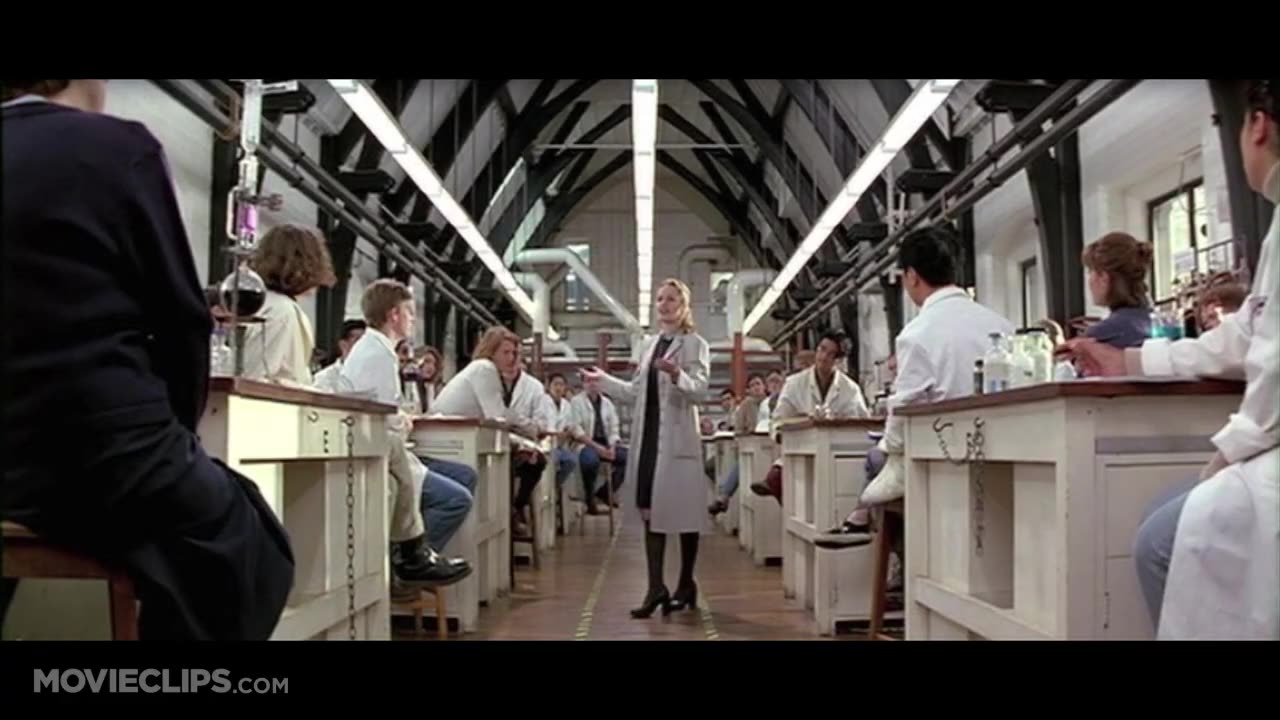
Cold Fusion Cocktail
Scene: “Cocktail II: Full Throttle” — Behind the Scenes on the Beach
The sun is setting on a tropical beach. Tom Cruise, Joe Jukic, and Elizabeth Shue sit around a driftwood campfire, sipping on molecular mocktails. A sleek, scale model of a Robotech Alpha Fighter sits in the sand beside them, next to a whiteboard labeled “Cold Fusion Engine Plan.”
TOM CRUISE (grinning):
Okay, Liz — we’ve done tequila tricks, surfboard mixology, even inverted cocktail flips. But now it’s time for the big one. I want to fly my Alpha Fighter… on cold fusion. Can you walk me and Joe through it?
ELIZABETH SHUE (smiling, brushing her hair back):
You boys sure know how to pick a challenge. But alright — here’s how we’d actually build a cold fusion reactor. It’s not just movie magic — we’re pulling from real science.
(She grabs the whiteboard marker and draws a rough sketch of a cylindrical chamber.)
💠 ELIZABETH SHUE’S COLD FUSION MASTERCLASS
1. Reactor Core – Lattice Confinement Chamber
“We start with a metal lattice — typically palladium or nickel — soaked in deuterium, which is heavy hydrogen. The atoms wiggle inside the metal’s structure, and under the right conditions, quantum tunneling allows two deuterium nuclei to fuse.”
JOE JUKIC (nodding):
That’s quantum tunneling — like sneaking through the backdoor of the laws of physics.
ELIZABETH (laughing):
Exactly. It's like the atoms say, ‘I know we shouldn't be able to do this... but let’s do it anyway.’
2. Ignition Mechanism – Electrochemical or Laser Pulse
“To trigger fusion, we need either a high-pressure electrochemical loading system or a laser pulse system that energizes the deuterium and compresses it in the lattice. Some labs also use ultrasound or magnetics to excite the structure.”
TOM CRUISE:
So we’re talking about igniting fusion... without the sun’s pressure or insane heat?
ELIZABETH:
That’s the idea. Controlled, low-energy reactions. No meltdown. No glowing green rods.
3. Energy Harvest – Thermoelectric Conversion or MHD
“Fusion produces helium and heat. We capture the heat with thermoelectric materials — think ultra-efficient space radiator panels — or use magnetohydrodynamic (MHD) systems to convert the kinetic energy of charged particles directly into electricity.”
JOE JUKIC:
Which powers the thrusters, avionics, railguns, even the stereo.
TOM (pointing at the Alpha Fighter model):
And keeps me flying Mach 5 over a burning cityscape.
4. Propulsion – MPD Thruster Bank
“We use the electricity to power a magnetoplasmadynamic thruster system. It ionizes a propellant like lithium gas or xenon, then accelerates it using magnetic fields — it’s clean, powerful, and silent.”
TOM (laughing):
Just what I need — a silent alpha fighter sneaking up on the Zentradi.
5. Fuel Supply – Deuterium + Lithium-6
“These are stable, non-radioactive isotopes. We store liquid deuterium and lithium pellets onboard. When needed, they get injected into the lattice and the reaction restarts.”
JOE (dead serious):
So if we were marooned on Europa... I could mine ice for deuterium and asteroid dust for lithium, and keep the mission going?
ELIZABETH (nodding):
Exactly. That’s what makes cold fusion the holy grail — abundant fuel, no radiation, compact enough to fit in a fighter jet the size of a MiG.
TOM (leaning back):
Elizabeth, you just gave me Top Gun: Fusion Edition. I’m thinking... Cocktail II ends with us running a beachside bar on cold fusion, serving mojitos to NASA engineers.
JOE:
Or we go interstellar. Cold fusion tiki bar... on Mars.
ELIZABETH (laughs):
Only if I get to run the reactor.
FADE OUT:
The three clink their drinks together. Behind them, the Alpha Fighter model’s thruster lights up — faintly glowing blue.
ONSCREEN TEXT:
"Cold Fusion: Coming Soon to a Theater (and Power Grid) Near You."
-
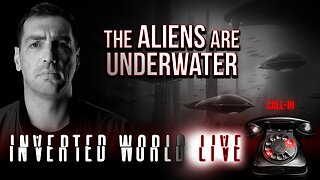 2:03:22
2:03:22
Inverted World Live
9 hours agoThe Aliens Are Underwater | Ep. 117
70.1K29 -
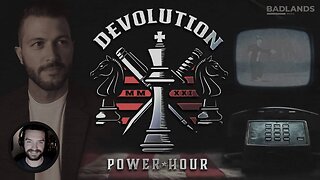 2:20:24
2:20:24
Badlands Media
17 hours agoDevolution Power Hour Ep. 394: The Long Game, Media Traps, and Military Signals
91.1K30 -
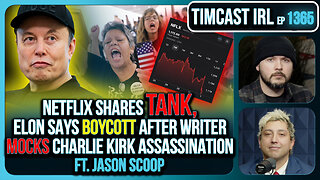 2:08:38
2:08:38
TimcastIRL
11 hours agoNetflix Shares TANK, Elon Says BOYCOTT After Writer MOCKS Charlie Kirk Assassination
240K194 -
 8:48:01
8:48:01
SpartakusLIVE
13 hours agoI'M BACK || Quads w/ The Boys
95.4K9 -
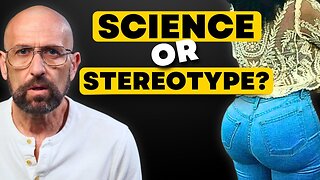 9:33
9:33
Ken LaCorte: Elephants in Rooms
16 hours ago $4.37 earnedWhy Do Black Men Love Big Butts?
38.4K26 -
 2:12
2:12
From Zero → Viral with AI
1 day ago $14.14 earned🚀 AI Marketing Isn’t Just for Big Brands Anymore — Here’s Why
53.7K11 -
 9:51:58
9:51:58
Dr Disrespect
20 hours ago🔴LIVE - DR DISRESPECT - 10 WINS ON CONTROLLER - BO7 TOMORROW
320K21 -
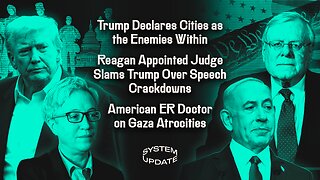 1:24:56
1:24:56
Glenn Greenwald
14 hours agoTrump Declares Cities as the Enemies Within; Reagan Appointed Judge Slams Trump Over Speech Crackdowns; American ER Doctor on Gaza Atrocities | SYSTEM UPDATE #524
149K111 -
 4:07:42
4:07:42
I_Came_With_Fire_Podcast
19 hours agoPete Hegseth and the Chamber of Standards | Digital IDs | Taiwan Chips & Salsa | CDL Crisis
42.4K2 -
 2:01:46
2:01:46
Adam Does Movies
19 hours ago $0.75 earnedTalking Movies + Ask Me Anything - LIVE
25.6K